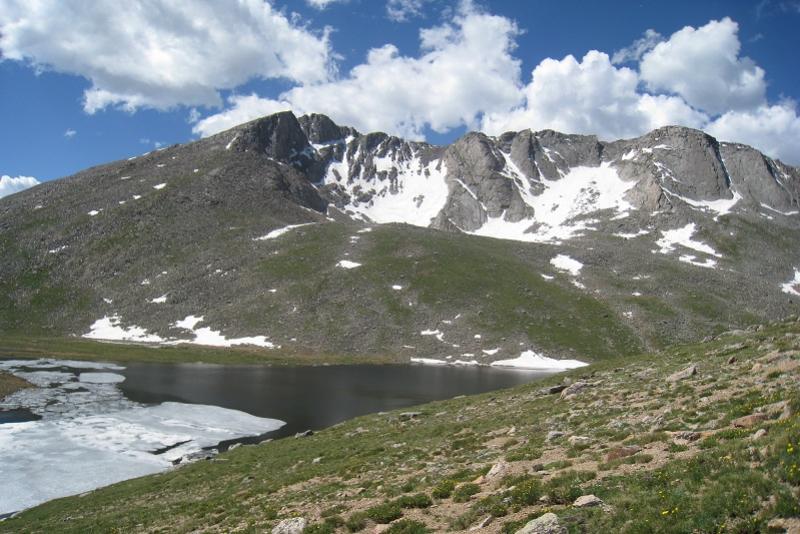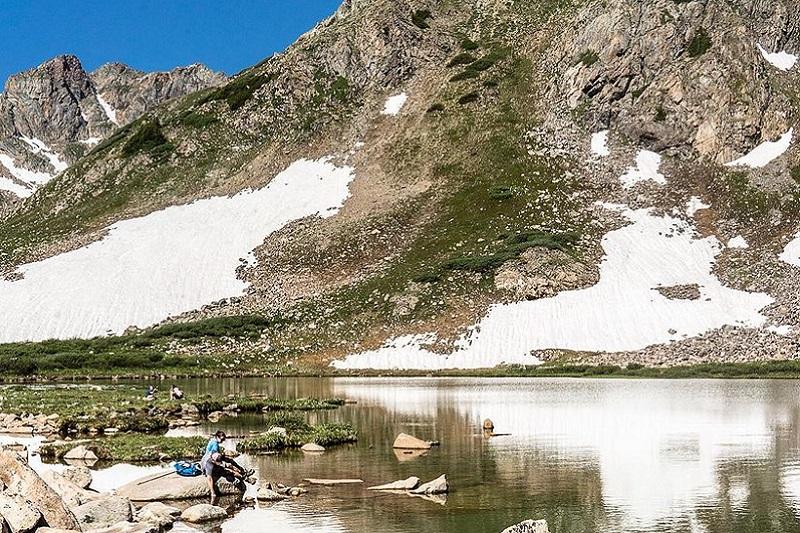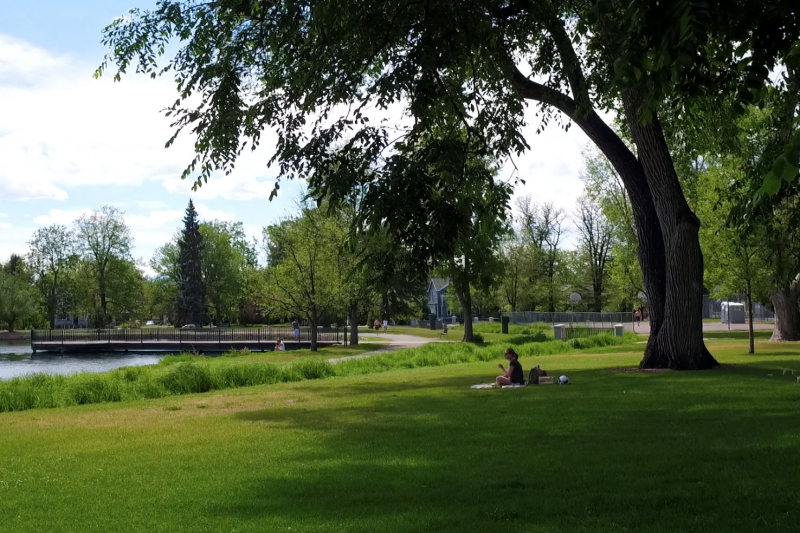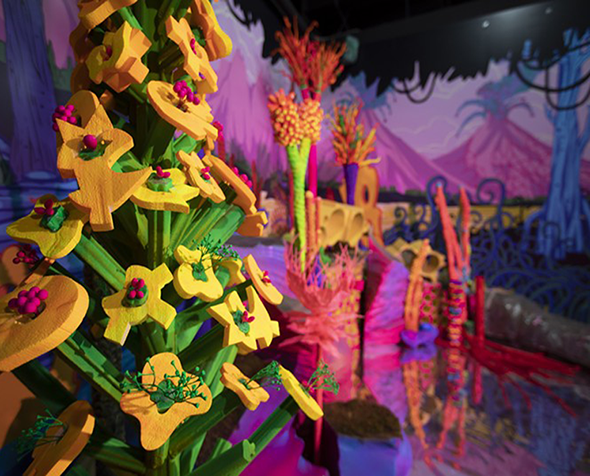DU Field Notes: Best Hikes Near Campus
In this new summer series, the DU Newsroom is setting out to introduce readers to the world outside campus by exploring Denver and the near beyond.
After arriving in Denver, why stop at a mile high? Colorful Colorado is filled with innumerable reasons to get outside and explore the state’s natural beauty. A hiking trail is arguably the easiest and most accessible way to get some exercise while gazing upon picturesque landscapes.
Colorado’s hikes are for everyone: With options that vary in difficulty, length and proximity, the possibilities for a getaway in nature are endless.
Mount Falcon Park (Morrison)

The 2,248-acre Mount Falcon Park, located just west of Denver, combines hiking with history. Visitors can climb to scenic spots with views of the classically famous Red Rocks Amphitheater and Denver’s ever-changing skyline.
Step back in time by walking the Castle Trail, which leads to the stone ruins of Walker Mansion, constructed in 1909 by millionaire businessman John Brisben Walker. A lightning strike in 1918 caused a fire that burned the structure into its current state. Depending on which side of the park hikers start from, the journey is 3 or 6 miles round trip.
Fun Fact: Continue past the ruins and find the cornerstone for the “Summer White House.” Walker envisioned giving a structure from the state of Colorado to U.S. presidents to enjoy in the summer, but the idea never came to fruition.
Mount Evans (Idaho Springs)

Quintessential to any Colorado outdoor experience is the “fourteener,” slang for mountain peaks that reach above 14,000 feet in elevation. The Centennial State is home to 53 of these giants, but not all are created equal. The proximity and difficulty of the hikes to the summit can vary.
Mount Evans, visible from the DU campus, offers something for hikers of any ability. The more serious can embark on an intermediate, 5-mile trek from Summit Lake to the actual summit, which takes about 3.5 hours. Those who want to achieve the elevation without the exertion can drive the Mount Evans Scenic Byway, the highest paved road in North America. At the end of the road, it’s only a 135-foot jaunt to the top of the peak.
No matter how you get there, don’t forget to hold a sign indicating the peak and the elevation as you pose for that photo at the summit.
Fun Facts: With 53 fourteeners, Colorado accounts for more than half of all such peaks in the United States, which has 96. Mount Evans is also home to the DU-owned Meyer-Womble Observatory, which is the highest operating observatory in the United States.
Chautauqua Park (Boulder)

A state historical landmark, Chautauqua is Boulder at its most iconic. Established in 1898, the park provides unmatched views of the city’s famous flatirons that line Colorado’s front range.
Tourists flock to its hotel, dining area and amphitheater, but the park itself contains a vast network of trails that can accommodate any ability level. Beginners can get a little cardio and snap a great photo on a short, paved trail. Those up for more of a challenge can climb to the Royal Arch for a distant view of Denver. The most adventurous can scale the flatirons or venture into a number of canyons.
Chautauqua’s popularity means parking can be tight, so consider carpooling or taking the free shuttle from Boulder.
Fun Fact: The park gets its name from the national Chautauqua Movement, which fostered educational escapes across the country.
Herman Gulch (Idaho Springs)

Highly recommended by DU’s Alpine Club, Herman Gulch is accessible (just off I-70), close (about 50 miles from Denver) and filled with the things that make Colorado great. Over the course of a moderately difficult 6.3 mile round-trip hike to Herman Lake, hikers will likely trudge by both wildlife and wildflowers on their way to scenic vistas.
Colorado’s alpine areas are known for some strong thunderstorms that roll in in the afternoon, so it’s best to start in the morning. Spend the later part of the day exploring the city of Idaho Springs, with its shopping, restaurants, and craft beer and soda breweries.
Fun Fact: Idaho Springs is the site of the first significant discovery in Colorado’s famous gold rush. Several old mines in the area offer tours.
The Bluffs Regional Trail (Lone Tree)

Accessible by light rail (and a 1-mile walk), the Bluffs Regional Trail is the perfect escape when you need a quick getaway and a Vitamin D fix. An easy stroll on the 2.7-mile loop may only yield a 200-foot gain in elevation, but it provides rewarding views of the Denver metro area, grassland vegetation, wildlife and the state’s vaunted Front Range of mountains. Bicycles, dogs and picnics are welcome, but don’t expect a lot of shade. (Sunscreen is a must.)
Fun Fact: Pikes Peak, which can be seen from the trail on a clear day, is the most visited mountain in North America. It is named for Zebulon Pike, who “discovered” the mountain in 1806 (native populations had been living there for more than a millennium). As it happens, Pike failed in his attempt to climb it.


